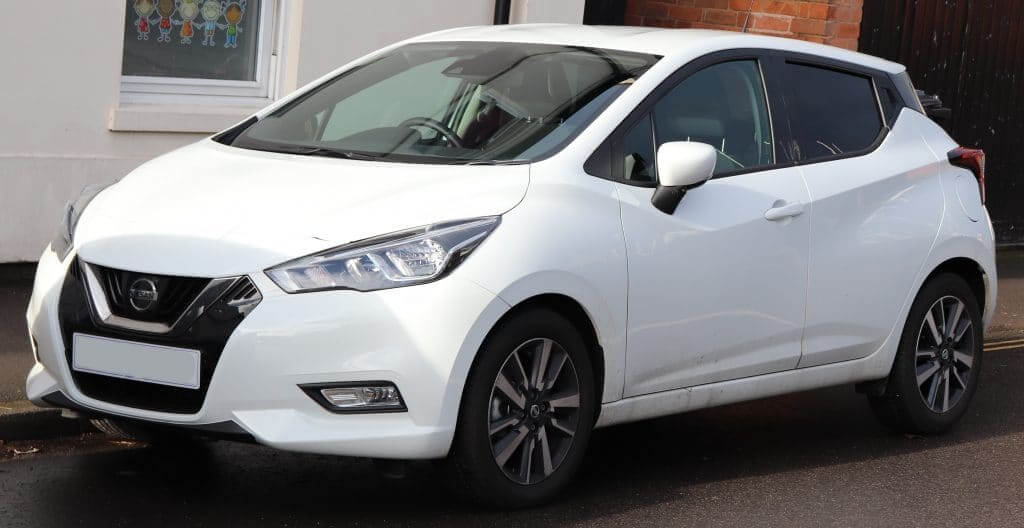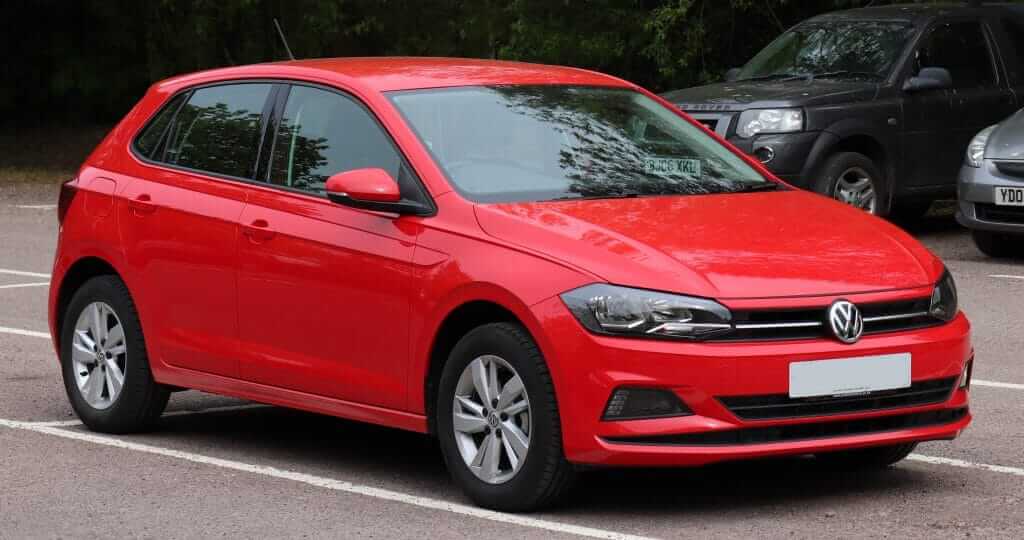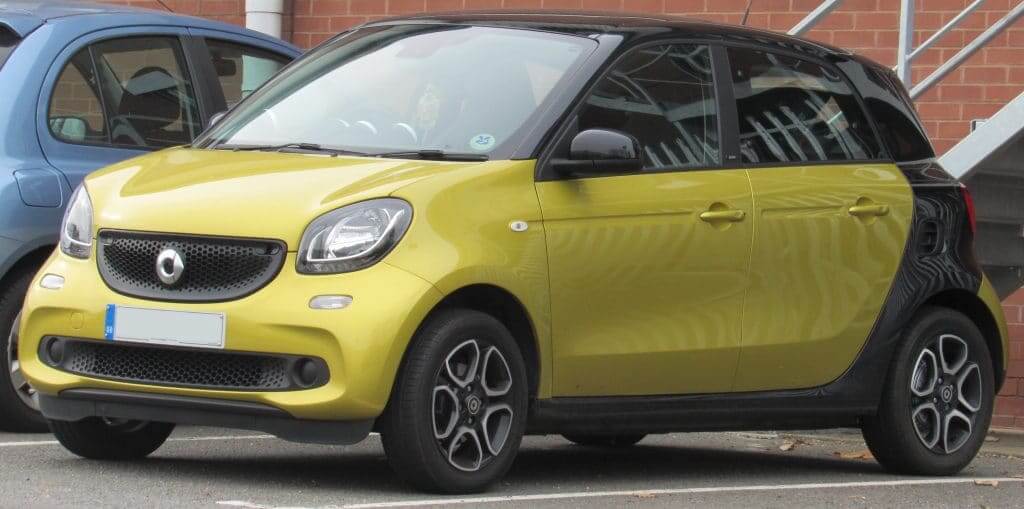The type of car you drive plays an important role in getting cheap car insurance – especially if you’re a younger driver. Less experienced motorists will often be hit with more expensive insurance policies, with many new drivers having to spend more on insurance than the vehicle itself.
Thankfully, this doesn’t always have to be the case.
There are several ways to reduce the cost of your insurance, with the type of car you choose being one of the biggest factors. If you’re looking for an affordable solution to getting on the road, this guide will help you identify the cheapest cars for young drivers – as well as showing you what factors are considered when looking for insurance.
Cheapest cars for young drivers to insure
But first, let’s take a look at some of the cheapest cars to insure right now. Scroll down to see which models are in the lowest car insurance groups.
Nissan Micra
The Nissan Micra has been a champion of the cheap car insurance policy, with the Japanese manufacturer adding plenty of safety features as standard. With a low base price and an all-impressive new look, it should rank high on your list of options when looking for a first or new car.
If you opt for the 1.0-litre, 71hp petrol engine you have the choice of trim options to choose from, all of which are classified in insurance group 1.

Kia Rio
A popular option for drivers with small families, the Kia Rio is also a safe bet for younger drivers too. Models of this car start in Group 2, while there’s also a range of options available in Group 1, meaning your policy will be cheaper. The Rio has been praised for its ample boot space and low C02 emissions.
Volkswagen Polo
The Volkswagen Polo is one of the standout cars on the market when it comes to low insurance group options. More than just a badge, this car has outstanding build quality and plenty of safety and comfort features as standard. Drivers who select the 1.0-litre, 65hp engine can select the S, SE or Beats trim while maintaining Group 1 insurance.

Ford Ka+
The Ford Ka+ is an updated version of the highly popular model from the late 1990s. This range has various models located in insurance groups 1 and 2, making it an ideal choice when looking for a cheaper insurance option. Stylish and safe, it comes plenty of comfortable features as standard
Smart Forfour
Although not as recognisable as its two-seater cousin, the Smart Forfour is a great option for those looking for a practical and affordable car. Ideal for inner-city driving, this small and practical car features plenty of safety options and stylish features. Opt for the 1.0-litre, 71hp Pure trim for a high-spec Grade 1 insurance car.

What is the best insurance group for young drivers
The cost of insurance for young drivers can be excessive, so it helps to know what factors affect it. In many cases, how much you pay for car insurance will be based on things like your age, driving experience, the vehicle model, and even your postcode, but – most importantly – it will also be determined by the vehicle’s insurance group.
While logic dictates that it would be cheaper to insure a Fiat than it would a Ferrari, understanding how car insurance groups work can be a lot more complex. To help, we’ve explained the process works below.
Every car available in the UK belongs to one of 50 car insurance groups set by the Group Rating Panel. This panel is comprised from members of the Association of British Insurers (ABI) and Lloyds Market Association (LMA) and they determine which insurance group new vehicles should be placed in.
Typically, the lower a car’s insurance group (1-50) the cheaper it will be to insure – meaning cars in Group 1 are more likely to be the cheapest to insure.
As such, younger drivers should be looking for cars with a Group 1 rating if they want to get the best insurance prices.

Car insurance groups – what factors are considered?
The Group Rating System relies on an internationally recognised insurance standard of 15 km/h crash impact. Research engineers then determine the cost of times and parts to return the vehicle to its pre-accident condition. Based on the outcome, the results are accepted by the industry as a standard for vehicle repair.
When deciding what insurance group a car belongs to, the panel considers the following factors:
Car value – The value of the car in its brand new state is used as an indication of how much the car will cost the insurer to replace or repair.
Car performance – High performance vehicles that have a high 0-60 mph acceleration time and high top speed are statistically more likely to make insurance claims. When looking to insure a new car, consider the impact that its performance will have on your policy – for a lower insurance cost, you may want to look at slower alternatives.
Car security – Typically speaking, a car that has more built-in security features by the manufacturer will be cheaper to insure. Be sure to check for things like alarms, high-security locks, and immobilisers which will prevent the car from being forcibly started.
Repair costs – how much a vehicle costs to repair accounts for a large chunk of money in car insurance claims. As such, the cost to repair a vehicle is taken into consideration before it’s even assigned to a car insurance group. In addition to this, the amount of time it would take to repair damage is also considered, as this could lead to higher repair costs.
Cost of car parts – the 23 most common car parts which are deemed to be the most commonly damaged are considered too. In general, the lower the cost of the car parts, the lower the insurance group will be. If you want to get the best quotes for car insurance, the cost of the parts needs to be low.
What’s the cheapest way to insure a new driver?
As a young driver in the UK, you’re statistically more likely to be involved in an accident and make a claim. As such, this can result in your car insurance being higher than what would be expected of a more experienced driver. The same can be said of student drivers too, as they are generally younger.
Getting the best cheap car insurance for young drivers may not be the easiest thing to do, but there are plenty of ways to help keep the costs down. It’s not so much a secret, but if you take care of the basics like picking the right car to adding extra security features can make things easier.
Take a look at our top tips to find the cheapest way to insure young drivers.
- Find one of the cheapest cars to insure for young drivers
When it comes to looking for your first car, how much you pay for car insurance is a huge factor in the buying process. As we mentioned above, all cars in the UK belong to one of 50 car insurance groups – with the cheapest cars to insure being in Group 1. Cars such as the Ford Ka+, Kia Rio, and the Nissan Micra all fall into this group.
- Consider implementing a black box policy
Having a black box policy (also known as telematics) is another option to consider when looking to lower your insurance. The way this works is by having an app or small device installed in the car to monitor driving usage and behaviour. In theory, this device helps young drivers become more cautious when they’re behind the wheel.
Adding a black box ranks high on the list if you’re serious about lowering insurance. If you’re a young driver (under the age of 25), you may be able to seriously lower your premiums with one of these devices installed.
- Add an older named driver to your insurance policy
Instead of being a named driver on your parents’ car, you could do the opposite and have one of them added as a named driver on your policy. If a new driver adds an older, more experienced driver to their policy the price could potentially come down. The reason being is that the insurance provider will consider the vehicle to be used by them from time to time.

- Pay a higher excess
When getting a quote for car insurance, you will be required to pay a certain level of excess – this is the voluntary amount you are happy to pay towards repairs should a claim be made. If you set your excess at a higher level, this will lower the insurance policy on your vehicle.
However, it is advised that you take precaution and can be certain you can afford to pay out in the event of an accident.
- Avoid modifying your vehicle
Adding mods to your car – such as alloy wheels and body kits – may give your car a ‘cooler’ appearance, but adding personal modifications are known to increase insurance premiums drastically. These changes are often associated with drivers looking to drive at higher speeds, and therefore are deemed as higher risks.
If you are still not put off from adding modifications to your car, then you should at least consider replacing the parts with cheaper ones. Adding expensive body parts will result in your premiums being higher.
Whichever car you choose to drive, find out how you can save more with a cheap temporary insurance policy from Tempcover. While temporary and annual cover may differ, you still get the same level of comprehensive insurance with the added benefit of finding a flexible and affordable option that works for you.




